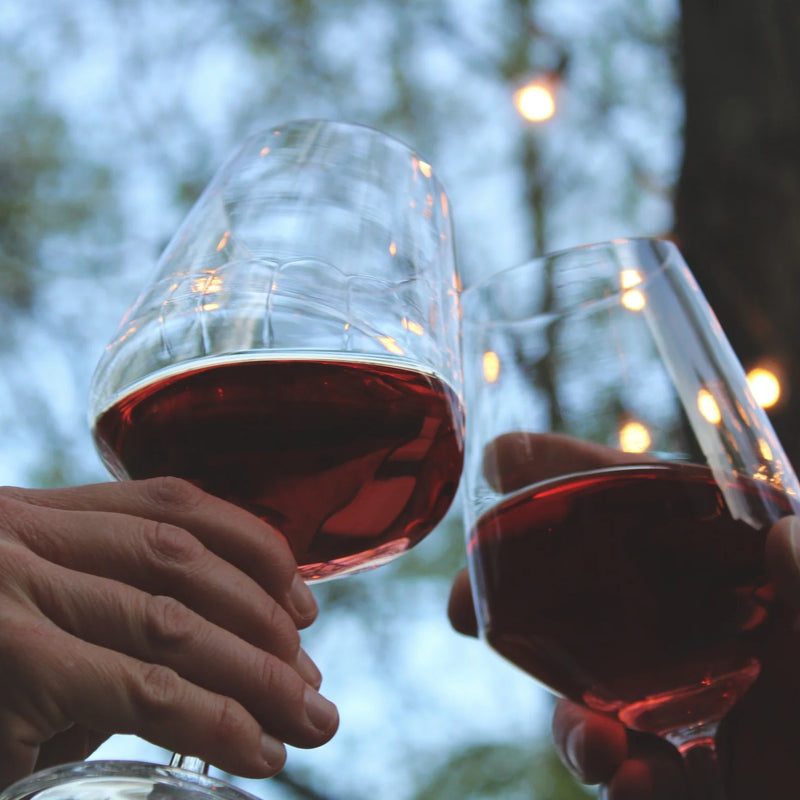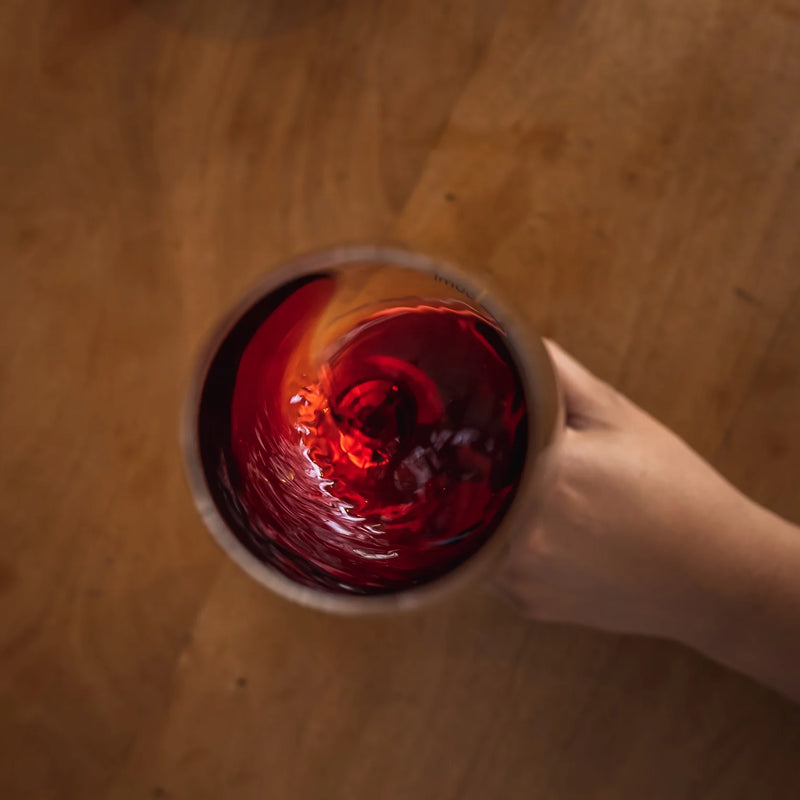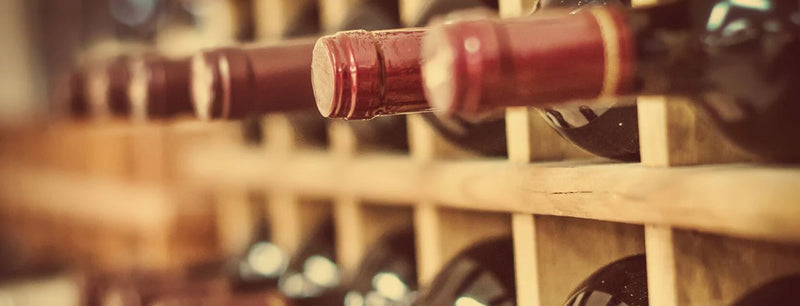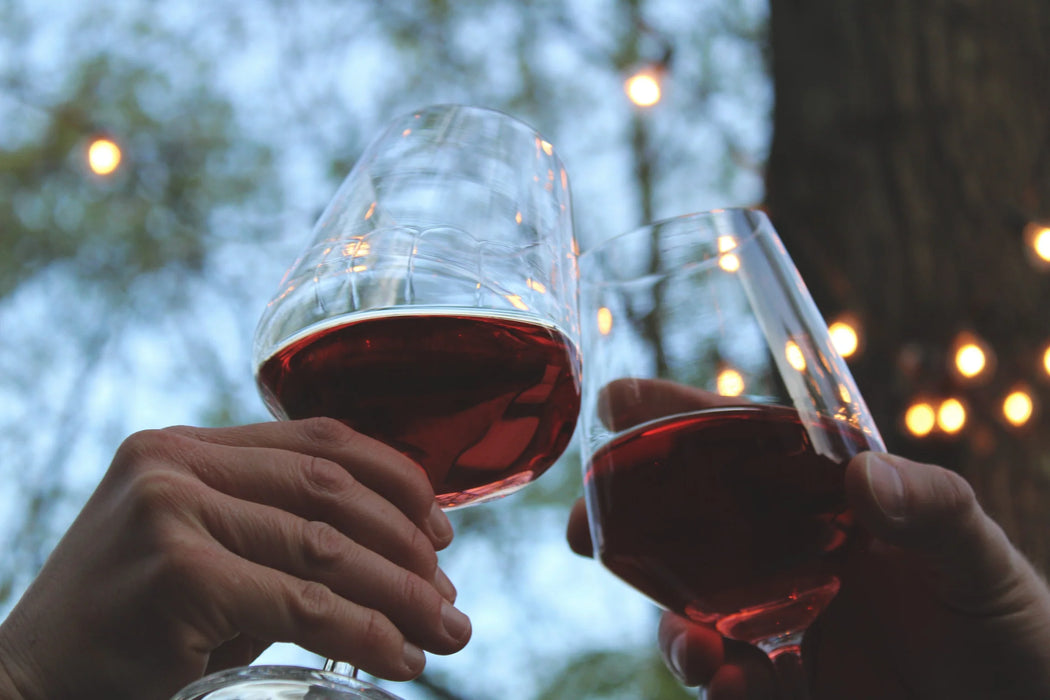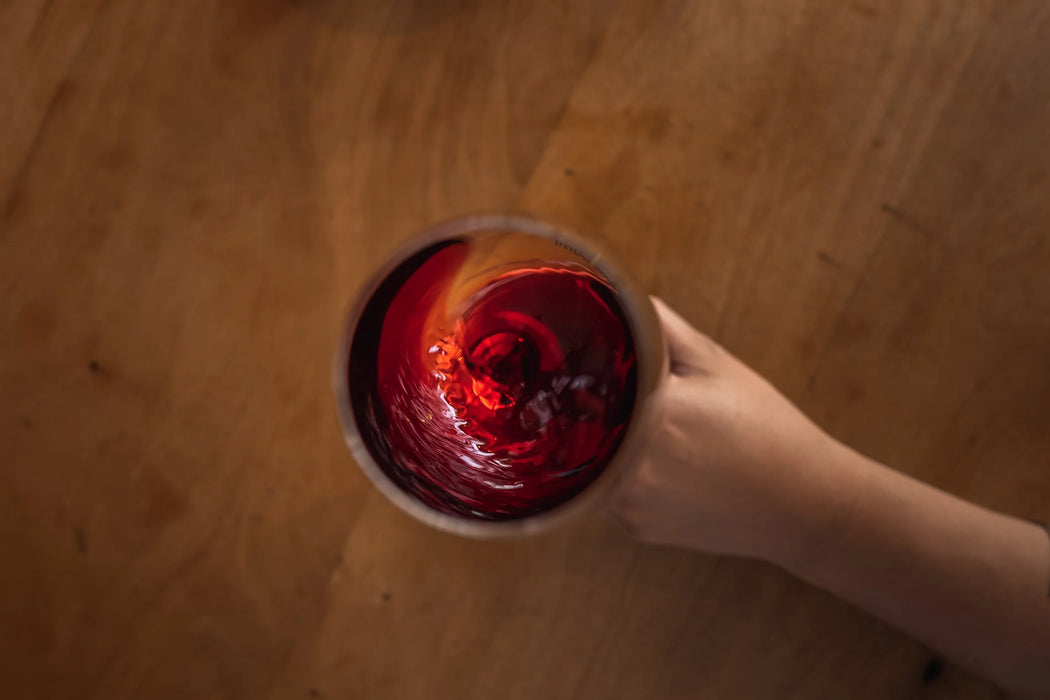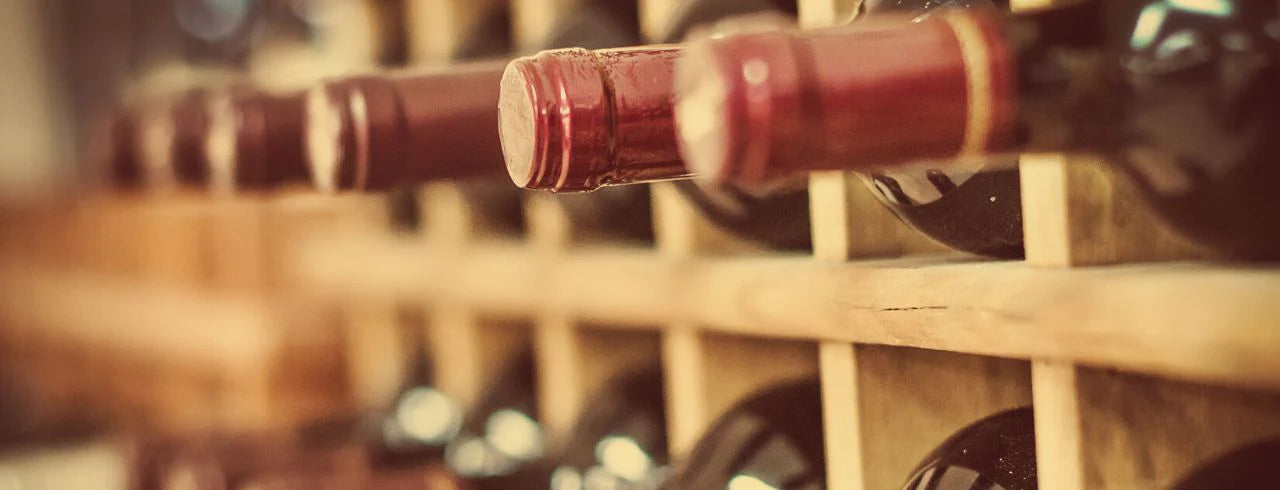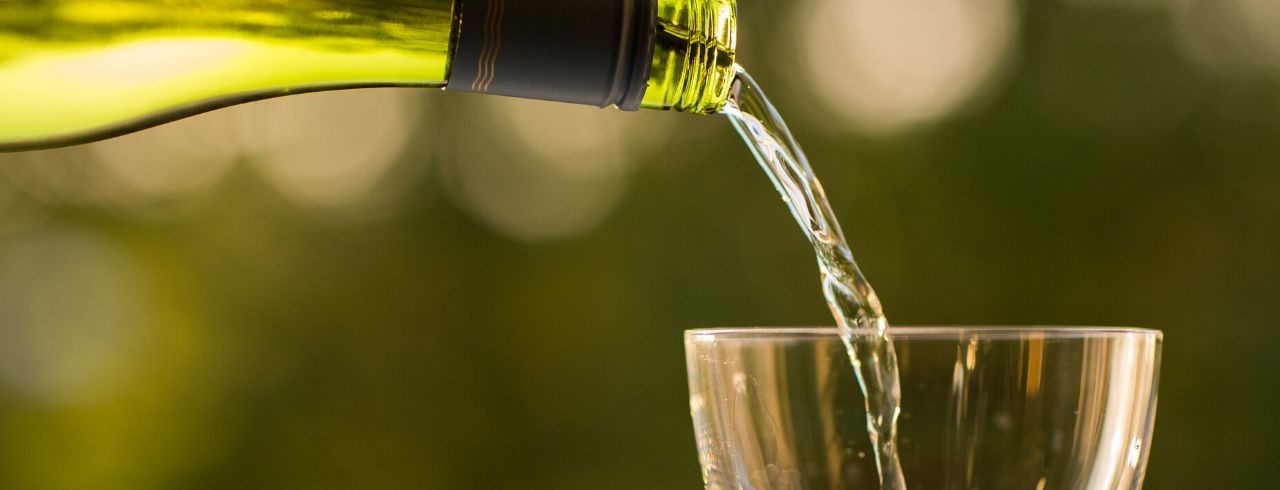
Chenin Blanc
sheh-nin blahnc
Origin: The Loire Valley of France in the 9th-century Grape: Chenin Blanc varietal Flavors: Apple, pineapple, pear, spices, peach, and honeydew melons Notable Regions: Anjou wine region of Loire, France; South Africa Sweetness: Dry or sweet Body: Dry Tannins: Low Acidity: Medium to high ABV: 12-14.5%

The History of Chenin Blanc
Chenin Blanc is a highly acidic white wine varietal originating from the Loire Valley of France. The grape has deep roots in this region, with the earliest documentation of Chenin Blanc wines dating way back to the 9th century. When first produced, this Chenin Blanc grape was used to produce sweet white wines, either sparkling or still, to serve as a post-meal dessert wine.
But Chenin Blanc’s second home is an interesting one: South Africa. An old Dutch navigator, Jan van Riebeeck, imported the grape from France to his South African backyard. This varietal ended up thriving in South African soil, spreading rapidly through vineyards in the continent. Here, years of advancements in winemaking have made South Africa the largest producer of Chenin Blanc throughout the entire globe.
The gnarled old bush vines that produce Chenin Blanc are planted in some of the purest granite soils on the foothills of its originating regions. The vines are mainly grown under dryland conditions, meaning they are not irrigated, and therefore the roots plunge meters into the granite subsoil in search of moisture. The altitude of the vineyards also means that these vines are well exposed and cooled by winds that come off the ocean during the long, hot summer.
Before picking, the oenologist continuously monitors the ripeness of Chenin Blanc grapes and works closely with different growers who set the harvest dates according to each region. After picking, direct pressing, traditional vinification, and cold settling, the winemakers move to fermentation with constant temperature control.
Chenin Blanc Food Pairings
Best Foods to Pair with Chenin Blanc
This dry, zesty, crisp white wine is similar to Pinot Grigio and Sauvignon Blanc. That means it's a delightfully fruity wine that goes great with meats like roast chicken, grilled white fish, cold-cut meats, and other seafood. If you’re a fan of salads, Chenin Blanc is also an appropriately fresh pairing.
Additionally, its fresh palate makes it a charming companion to desserts like homemade apple pie. But perhaps the most surprising thing about Chenin Blanc is that it goes along with mildly spicy foods. The full body and light sweetness of this wine mask the heat from spicy foods in just the right amount. We recommend trying this wine with grilled fish tacos and salsa.
Food Pairings to Avoid with Chenin Blanc
Foods with lots of strongly flavored condiments, like soy sauce or vinegar, are best to be avoided with Chenin Blanc. The key is ensuring these condiments aren’t dominating your meal. The flavor is important, but the ones are too bold in flavor can drown out all the delicious dimensions of good white wine.
Chenin Blanc Tasting Notes

The vibrancy of Chenin Blanc’s white peach and apple aromas on the nose is just a peek at the wine’s vibrant, sophisticated elegance. An ample mid-palate of melon and pineapple adds a weighty feel when drinking, while the bright, steely acidity adds freshness. Every sip tapers off into a clean, crisp, mineral finish.
Certain wines produced in rockier climates will contain just a hint of smoke in it, which helps accentuate its key fruit flavors, as well as adds a savory dimension to it. As a whole, Chenin Blanc tends to be full-bodied, with almost earthy hints that complement its citrusy nose.
Serving Notes
Our ideal Chenin Blanc serving temperature is around 45 degrees. Prior to your first sip, let the wine sit for around half an hour, which gives the wine some time to open its flavors up.
Chenin Blanc in a Nutshell
If you’re looking for a white wine with mature mineral notes and a refreshing quality, look for a bottle of Chenin Blanc. The juice of these grapes retains most of its acidity throughout the winemaking process, making this a great table wine. Its versatility as a sparkling, still, or sweet dessert wine shows its adaptability and uniqueness between regions worldwide. Look no further than this complex wine, with plenty of character and depth in each bottle.
